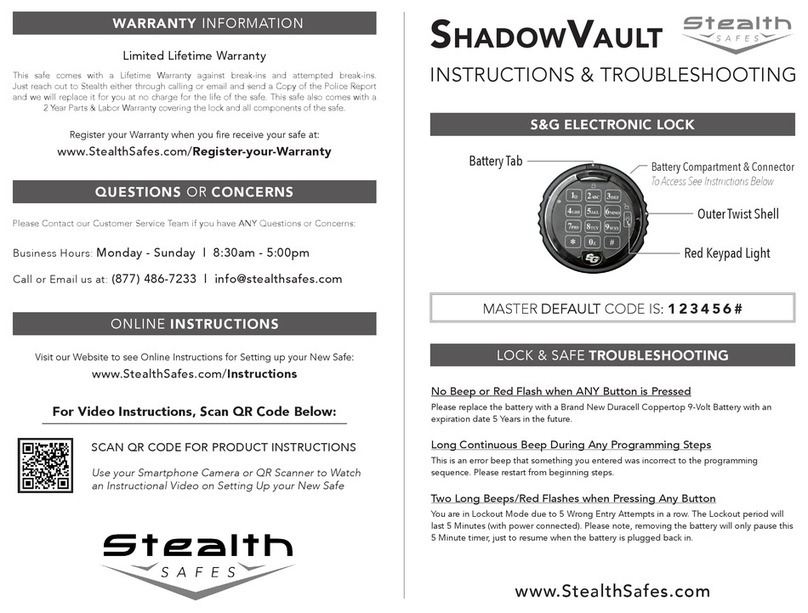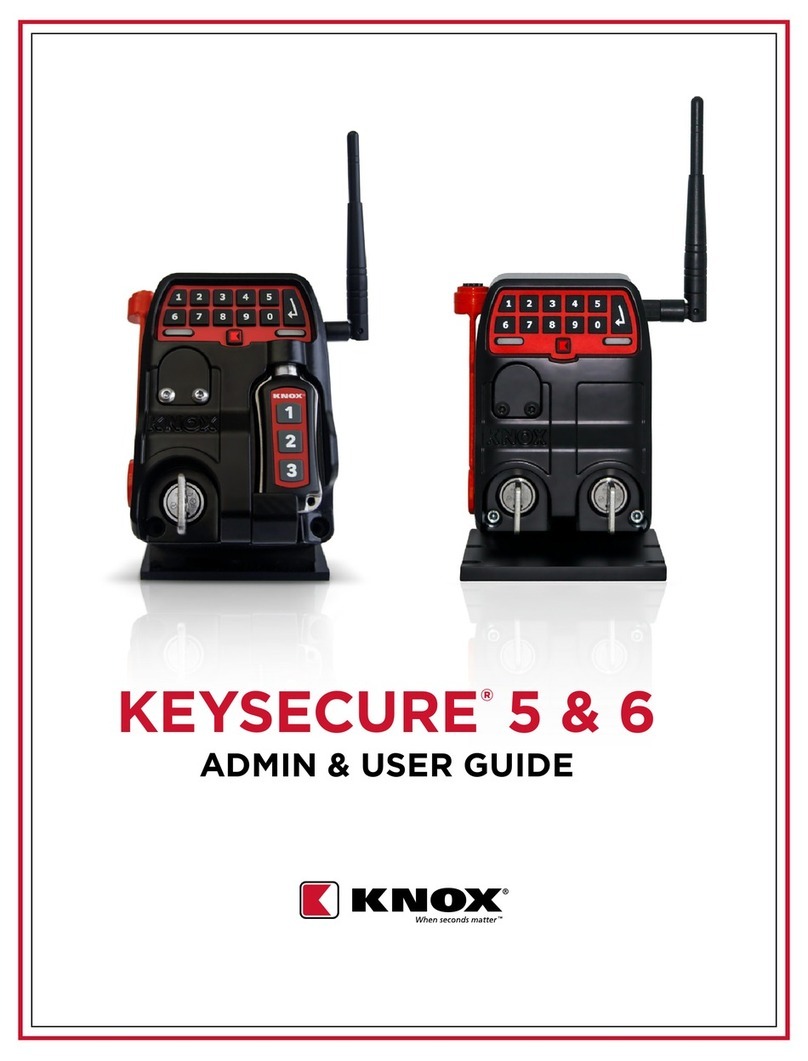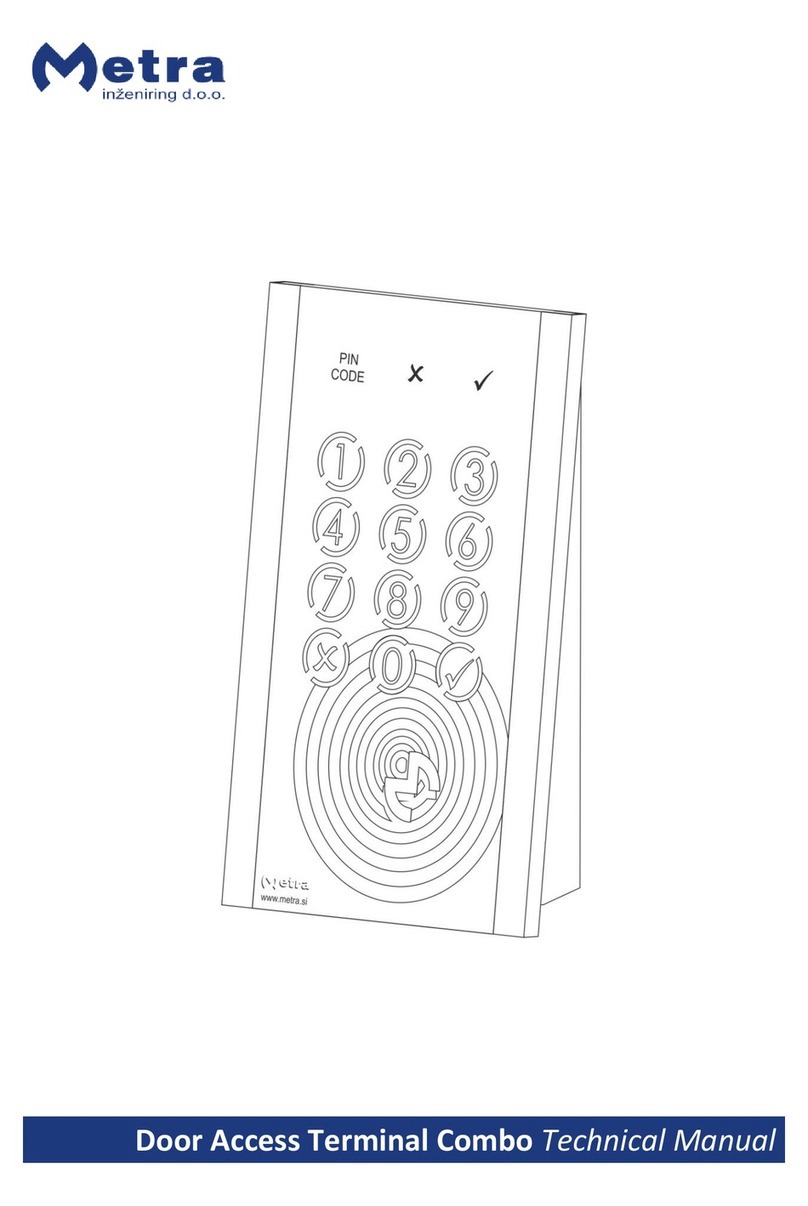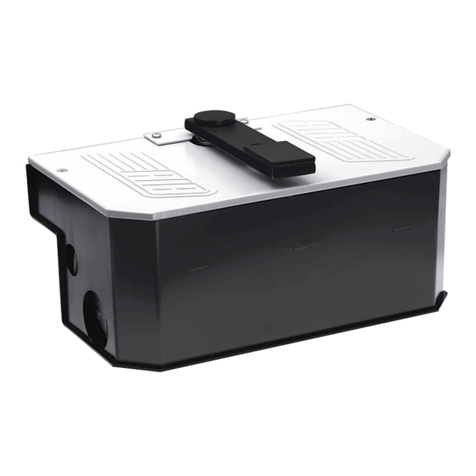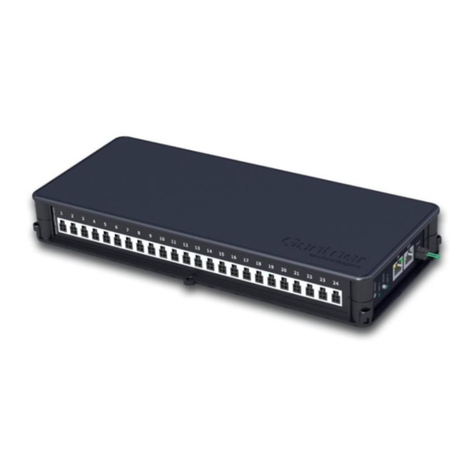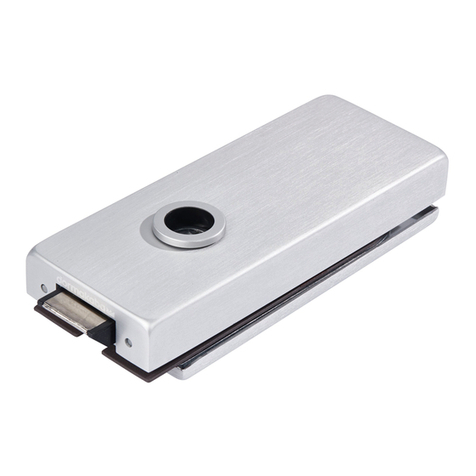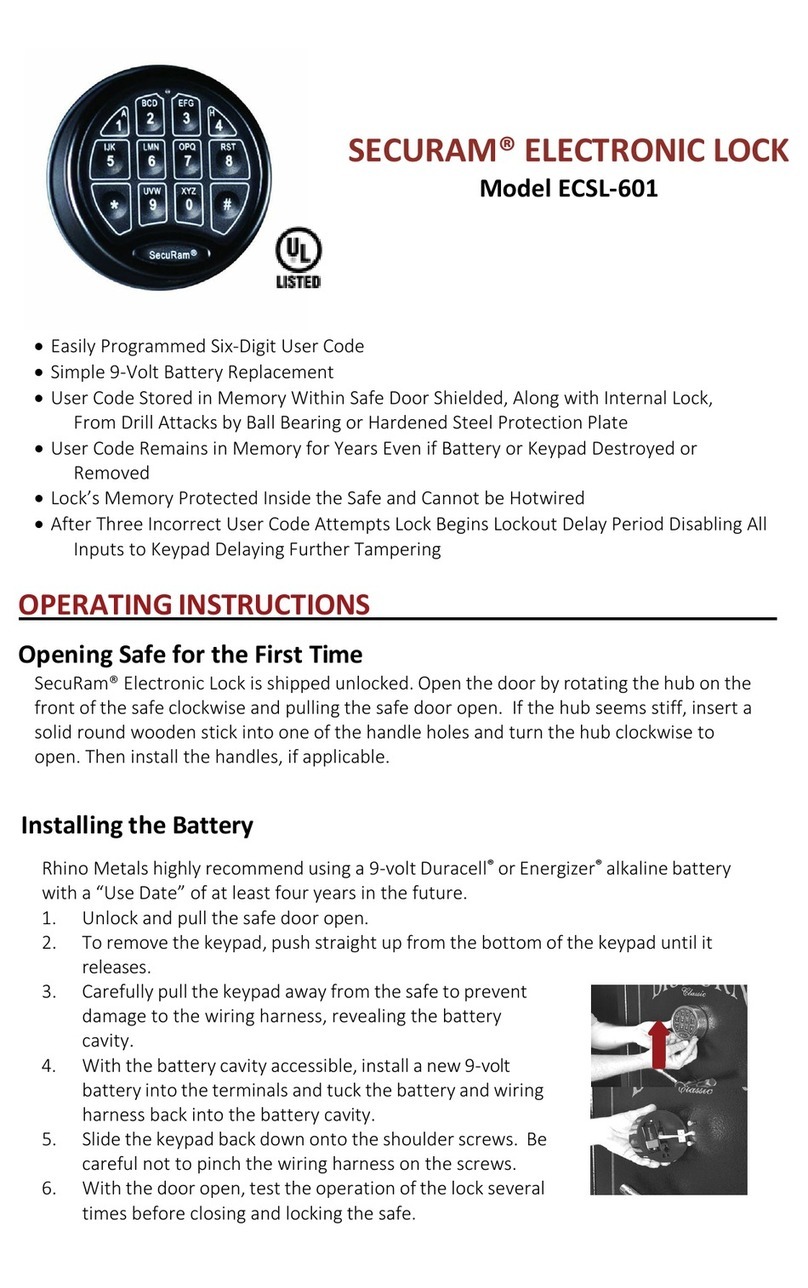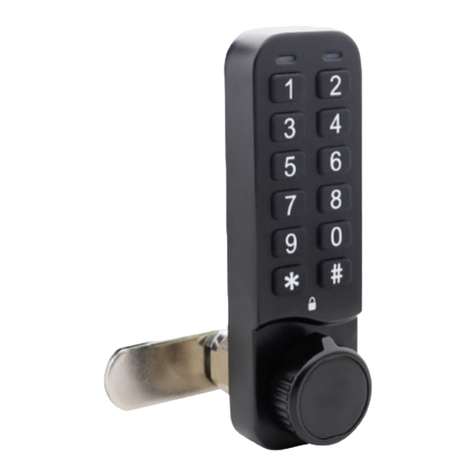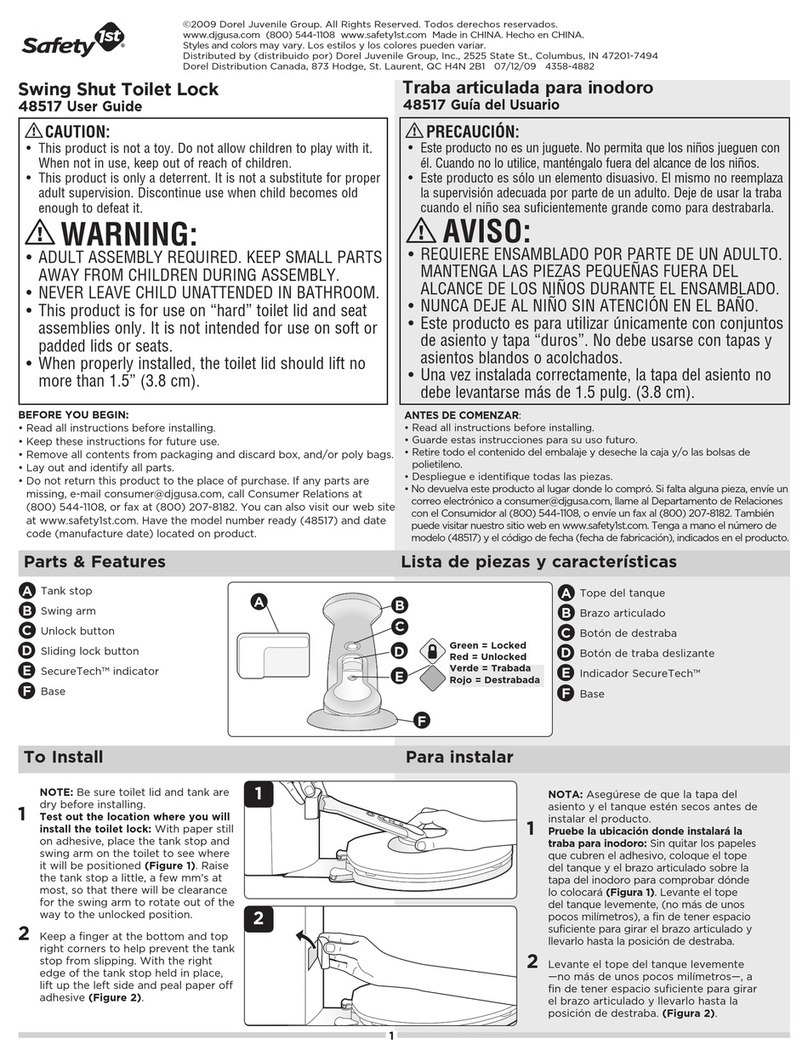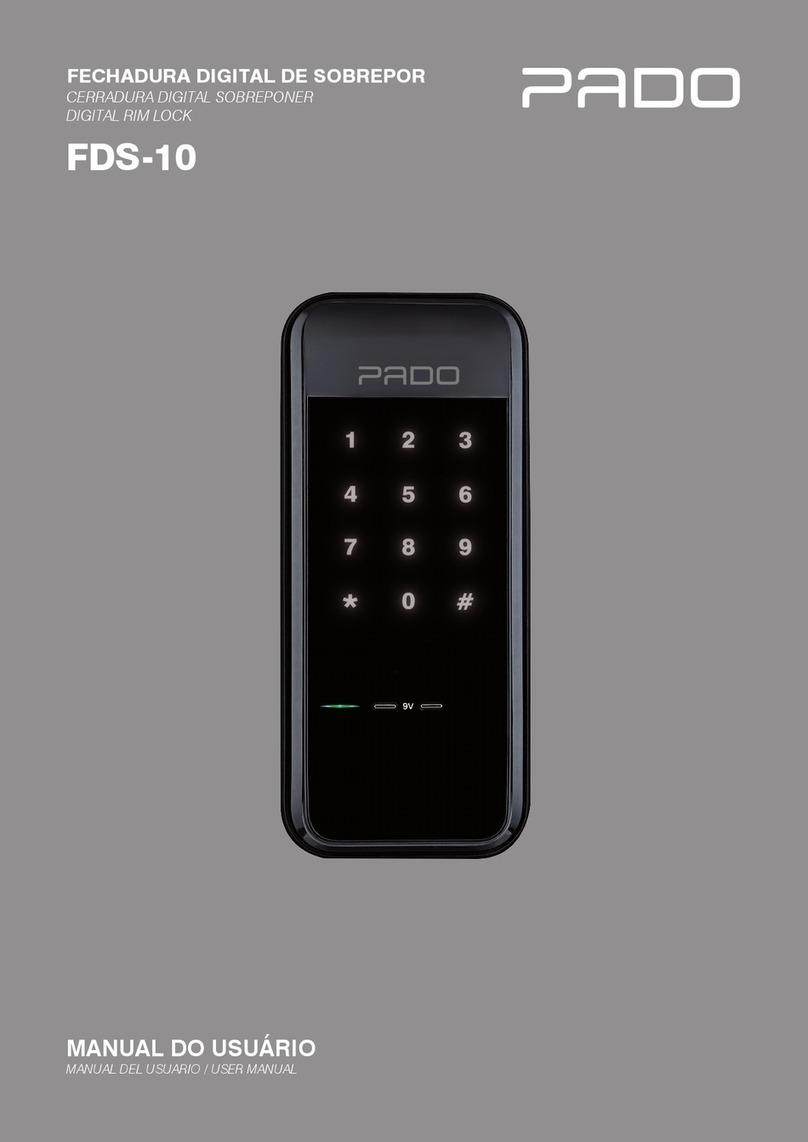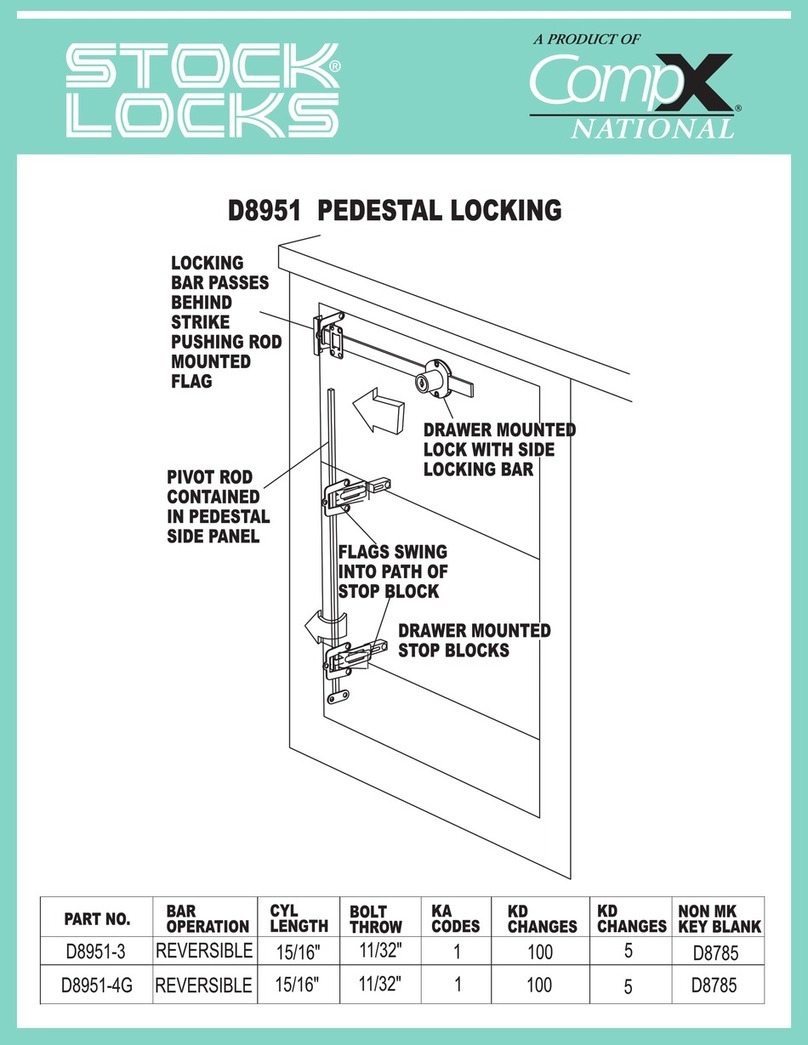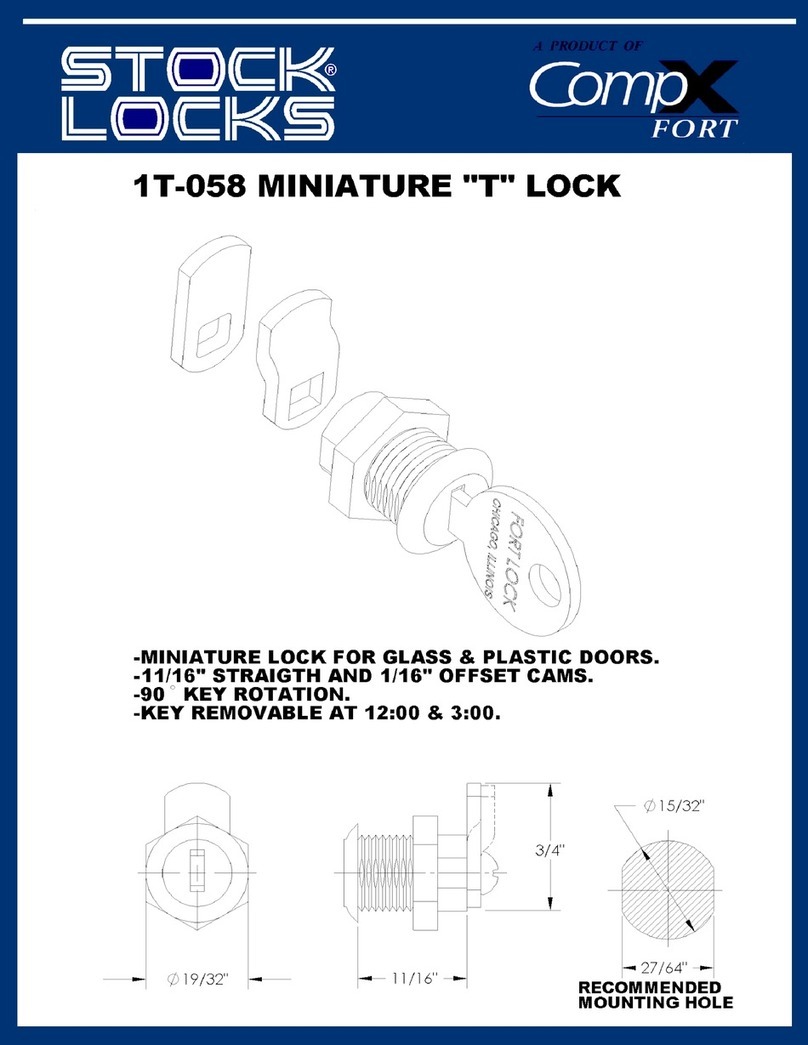
- 6 -
4. Installation process
(1) Drill a hole in the location where the equipment is installed outside the controller panel
(2) Connect the RS232 cable inside of the control box to the RS232 connector of the main
body
(3) Connect the AC 24V power line inside the reefer container control box to the AC
24V connector of the main body
(4) Check the status of the POWER LED on
(5) Turn [4]ON/OFF Toggle Switch on to operate IoT device
(6) Once the IoT device is attached on the drilled part, the installation is completed.
5. Event
(1) Shock Event
: In normal state, real-time shock is detected (shock outside the threshold) and event
packet is generated
※ Shock packets are not duplicated in one cycle
(2) Equipment detachment detection even
: It detects the detachment status of the equipment in real time and generates an event
packet
※ Desorption packets are not duplicated in one cycle
※ CE Compliance Information
Hereby, SWINUUS declares that this product is in compliance with the essential
requirements
and other relevant provisions of RE Directive 2014/53/EU.
Instructions for use included in this manual are also available on the
website(http://www.swinnus.com)in multiple languages.
country of sale : UK / DE
※ This equipment has been tested and found to comply with the limits for a Class B
digital device, pursuant to part 15 of the FCC Rules. These limits are designed to
provide reasonable protection against harmful interference in a residential installation.
This equipment generates, uses and can radiate radio frequency energy and, if not
installed and used in accordance with the instructions, may cause harmful
interference to radio communications. However, there is no guarantee that
interference will not occur in a particular installation. If this equipment does cause
harmful interference to radio or television reception, which can be determined by
turning the equipment off and on, the user is encouraged to try to correct the

